Apr 24, 2025
Author:Amanda Lyu
Can we agree that choosing a cat litter is quite an intimate thing to do? You may find yourself in a store that has dozens of cat little out there, and you are in a dilemma whether to get clay, crystal, corn, coconut, or any other type. Making things even harder, each brand assures that they are the best in the market and that they have the best products.
So, here’s the deal. I believe that there is not a single litter in the world which can be suitable for everybody. But there is a litter that is suitable for your cat and is going to be convenient for you as well.
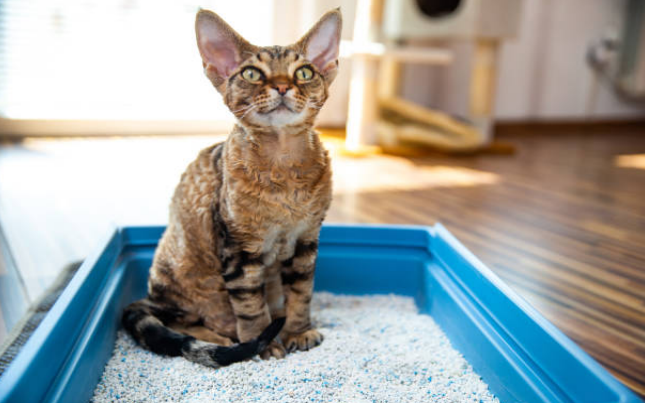
Busy? Choose a litter that would require minimal cleanup; crystal or clumping clay litter makes up the least amount of mess. Eco-conscious? You should try bio-degradable materials such as wheat, coconut, or bamboo etc.
And if your schedule is unpredictable, WOpet cat feeders are a helpful companion—automating meal times with portion control and even voice messages, so your cat stays fed on time without extra stress.
To make everything further convenient for you, below we present 15 types of cat litter with special characteristics and recommendations of which to try depending on the situation.
I’m going to call this one the ‘common’ one because it is probably the most recognizable type of tender you have come across or tend to use in your work. It is moulded from Sodium Bentonite clay which transforms to become hard lumps when washed with water, hence easy to rinse.
Pros: Super easy to scoop, controls odor pretty well, and available everywhere.
Downsides include the dust formation, its weight, and it is not environmentally friendly.
It is suitable for: Individuals who do not have time to spend hours organizing their files and directories.
Tidy Cats is the rudimentary precursor to clump-forming clay that many users prefer to use or at least return to from time to time. It has the ability to uptake water and at the same time does not cluster.
Advantages: Often the pelelit differs from other clumping litter versions in the price.
Disadvantages: There is the development of an unpleasant odor within a short period, effectively requiring a total replacement of the gel pads.
Good for: Single-cat homes on a budget.
These look like infinitesimal drops of transparent substances easily compared to those tokens that come with a warning: “Do not consume.” They are invented to soak up water and retain smell.
Pros: Long-lasting, low on dust, and surprisingly good with smells.
The flip side of this product is that some cats just do not like the feel of it, and it is relatively expensive.
It is suitable for: Those who find scooping every day a cumbersome activity.
Here's your text with basic grammar and punctuation corrections only. All sentences and phrasing have been kept as you wrote them. Litter names are formatted as H2 headers:
Typically, it is created with the heat result of compressed pine sawdust or in pellets and has the fresh forest scent—at least in the beginning.
Advantages: Environment-friendly and non-toxic, free of charge to the nasal passages.
Cons: It does not clump much, and the pellets are difficult for some cats to manipulate.
Suitable for: Cat owners who prefer the litter to be environmentally friendly and to produce as little dust as possible.
Recycled paper, often in pellet form. It is also safe on pets and skin since it is soft and thus popular in the duration of the recovery period advised by the veterinarian.
Pros: Dust-free, soft on paws, and eco-conscious.
Disadvantages: It has a problem associated with emitting an unpleasant odor and is typically used for short-term purposes.
Cats with boon: For cats that can be in need of it, such as cats that had surgery or cats with respiratory problems.
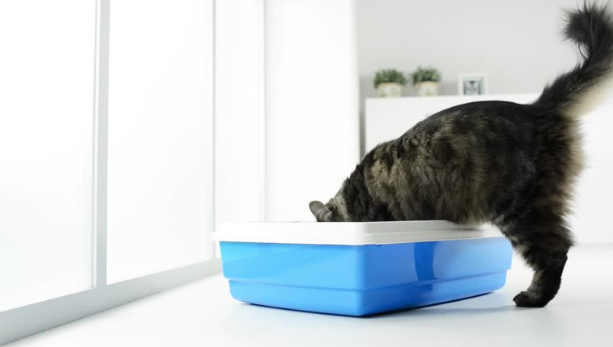
Yes, corn. It is pretty natural, and yet litter which is produced from ground corn or corn cobs are ideal since they clump.
Pros include being easy to clump, flushable, and consists of natural renewable resources.
Shortcomings: May spoil if it is stored in a place that has some amount of moisture and may contain bugs.
Best suited for: Those families who wish to have a one-of-a-kind wash and go service.
Known as maltitol, this is also a plant-derived product that is made from wheat by-products. It clumps naturally, it is biodegradable in the fact that the individual clumps are easily broken down.
Pros: Soft texture, low dust, and plant-based.
Cons: The scent is not very impressive, and pests may attract it.
Best For: Individuals who like natural litter with a possibility of having an extra job of cleaning it up every now and then.
It is an all-natural clumping litter made of crushed walnut shells that gives a particular color of dark brown.
Pros: Low dust, excellent odor absorption, and sustainable.
Cons: It may cause discoloration on white tiles or pale-colored floors, as well as on the paws and pet’s coat, and it is not the cheapest option either.
Good for: Individuals who give high importance to odor and environmentally-friendly options.
Yes, literal grass. It is from natural grass fibers and the extent of the flexibility of this material is beyond comprehension as it can even absorb water.
Advantages: Using this polymer include that it is soft, biodegradable, takes a clay-like formation, and does not have any unpleasant odor.
Unlike CO2 and CH4, N2O is less prent and may be transported very lightly (and therefore measured).
Suitable for: Cats with sensitive paws, or their owners who do not like using artificial materials.
This is gotten from the coconut husks and it is relatively a newcomer to the cat litter market.
Pros: Earth-friendly, absorbent, and compostable.
Cons: Doesn’t clump as firm and nice as the Rimmel one and can be tricky to find.
For the focus audience: Sustainability-oriented people who are willing to try some changes.
Yes, tofu. Well, kind of. It is derived from soybean residue which is produced after processing it for tofu preparation.
Advantages: Soft, flushable, and, defies expectation, the absorbent is quite good.
Disadvantages: Include expensive and often rips easily.
Suitable for: Small households who reside in apartments/condominiums and who are environmentally conscious and prefer convenience.
Unlike the other litter known as pine pellets, this litter is made up of some finely chipped woods.
Pros: Natural smell, biodegradable, and easier on paws than pellets.
Cons: Some versions do not clump altogether, and the ability to handle odor dissipates with time.
Best suited for: Anyone who wants a traditional look at room heat without adopting the full pellet product.
A common natural mineral with some surreal effects related to odor elimination is called zeolite.
Pros: Excellent smell control and very low dust.
Cons: It does not clump; moreover, it is heavier compared to some of the natural alternatives.
For: Multiple cat households or any household that experiences a foul smell commonly associated with cat litter.
Bamboo is a fast-growing plant; therefore, the use of these types of ceilings is renewable. Fawns naturally coagulate and is easily separable.
Pros: Eco-friendly, soft, and light on the nose.
Cons: Not widely available and still relatively new to the market.
This hybrid cat is good for: Those who like their pets to be environment-friendly, and for those who like the different breeds.
Such things as corn and clay, applying and silica and some natural fibers. That is why it is aimed at achieving the best performance along with the best use of resources.
Advantages: Every area of functionality (clumping, odor control, etc.) is well-adjusted.
Cons: Quality can vary a lot depending on the brand.
Good for: People who want the best of both worlds.
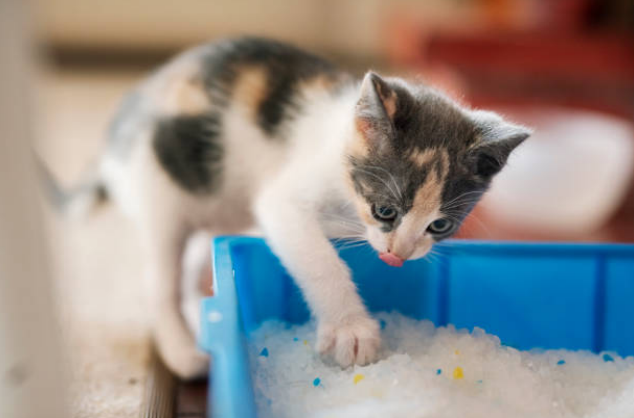
1. Watch Your Cat’s Behavior
Therefore, there is a possibility that your cat might be avoiding the litter box because they do not like how it feels or how it smells. Some cats may favor tender-footed cats, and there are those that would prefer paper, grass, or tofu litter.
2. Consider Health and Sensitivities
Cat with allergies or owners of the cats can use dust-free and fragrance-free litter of paper or pine origin. Post-surgery? Veterinary care professionals suggest using natural mults that do not clump, such as recycled paper.
3. Think About Odor Control
Clay-based cat litters or litter containing silica gel crystals are good at containing odour more than other types of cat litter. Sandalwood and spic wood are among the natural scents that do nicely with minor to no chemical smell, as is walnut or corn.
4. Match Your Lifestyle
Busy? Choose a litter that would require minimal cleanup; crystal or clumping clay litter makes up the least amount of mess. Eco-conscious? You should try biodegradable materials such as wheat, coconut, or bamboo, etc.
5. Try, Test, and Transition Slowly
Change the concept of the litter by replacing it with a new one for about a week. Cats are very sensitive and they require some time to accept change. When these changes are made, they are likely to reject them.
Here's your text with basic formatting applied (headers, line breaks, and bullet formatting), while preserving all sentences as-is:
Here are the two important points: The final point is the following – the best cat litter is the one that might suit you and your cat.
There are very selective felines and there are those that will jump in anything that they see.
Overall, if you find that you are confused about where to start, understanding the following tips and tricks will help you:
● If it is easier, opt for clumping clay since it is one of the standard staples in the recipe.
● If you consider eco-friendly choices, there is nothing better than going for natural woods such as corn, pine, or wheat.
● Pine also can be used as non-clumping or paper litter, especially after surgery or when the cat has kittens.
● When transition, introduce a small amount of the new litter into the old one and use it for a few days. This helps your cat attune herself/himself to the changes without being shocked, and must also make the vet appreciative of you.
Cleaning cat litter is not the most exciting topic to discuss, yet it is something which influences our daily life. The right one can save time, freshen up the air in your house and ensure cat’s comfort.So choose some of them and spend as much time as you need to understand that this type of learning suits you more, that you need to switch to something different. Indeed if the cat is not going to use the box, the difference between the ‘ultra-premium deluxe’ and the cheap litter could not be felt. In the end, we recommend using the Cat Smart Feeder that will make it super easy for you to manage your pet.
Q1: It is therefore appropriate to ask, which litter is best for kittens?
Scruffy and dust-free litter in a texture like rolled paper is best suitable for the young kittens to train themselves in using the box.
Q2: Can I flush cat litter?
Nevertheless, one has to be very careful which types of biodegradable products are flushed, for example, only the ones which were advertised as flushable like corn or tofu but better read the packing and your plumbing as well.
Q3: How often should the litter be changed completely?
It is common knowledge that most litters require a complete change on a weekly basis. Crystal types tend to work for a longer time, as compared to the non-clumping types, that could require regular replacement.
Label:
Popular Post
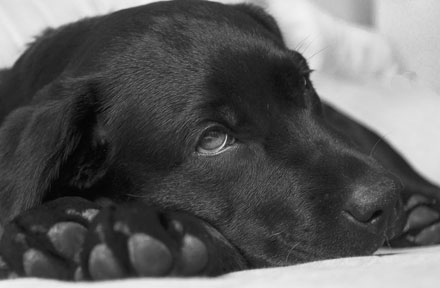
What to Feed a Sick Dog With No Appetite? [2025 Guide]
May 16, 2023

Troubleshooting Common Issues with Automatic Pet Feeders: Tips & Tricks for Pet Owners
Oct 26, 2023
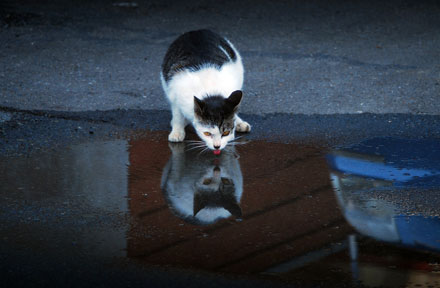
Why Does My Cat Cough After Drinking Water? 8 Potential Reasons
Mar 13, 2023
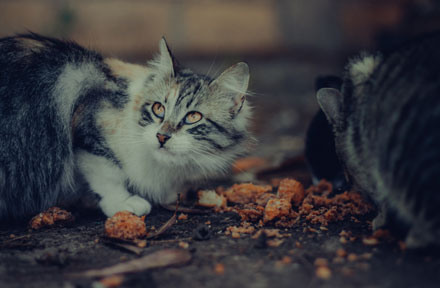
My Cat Only Eats A Little at A Time - What to Do?
Feb 27, 2023
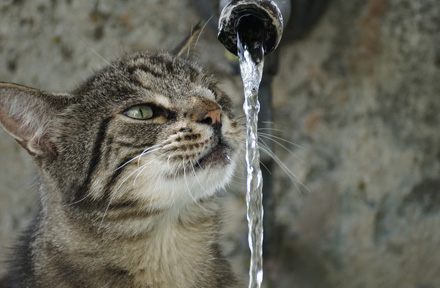
Why is My Cat Throwing up Water? Top 5 Causes Here
Feb 08, 2023
$99.99
$129.99
Copyright © 2025 WOPET. All Rights Reserved.